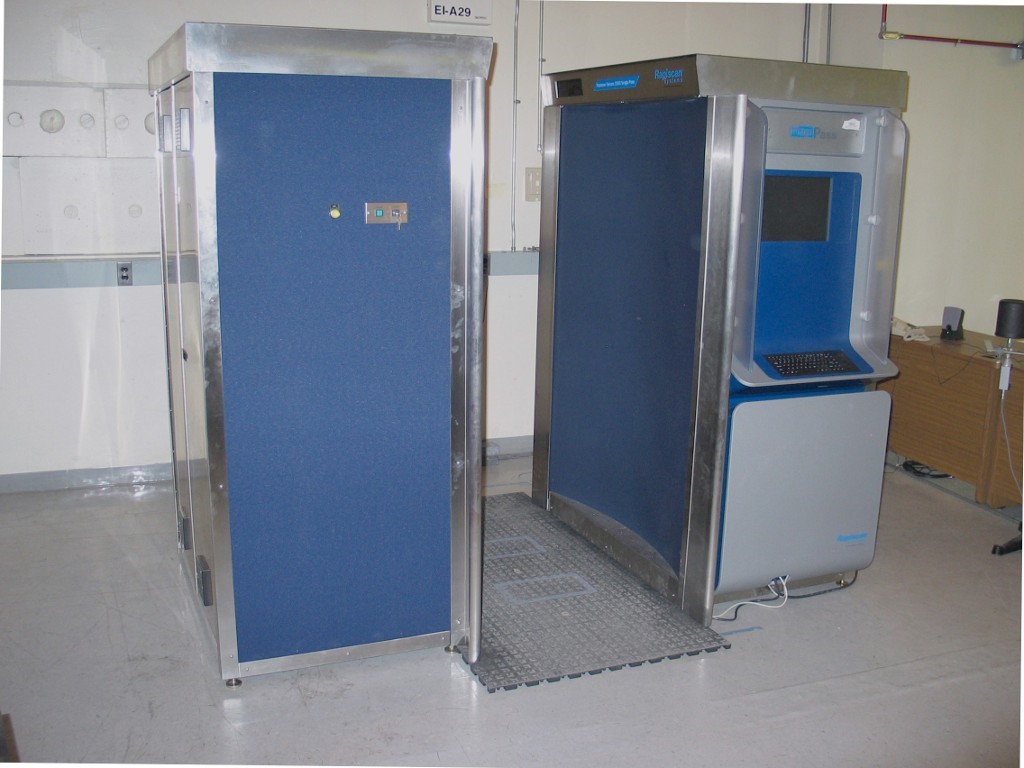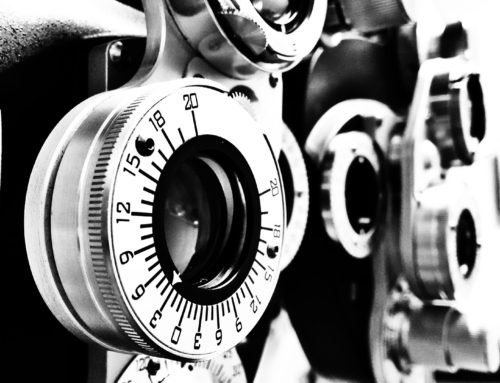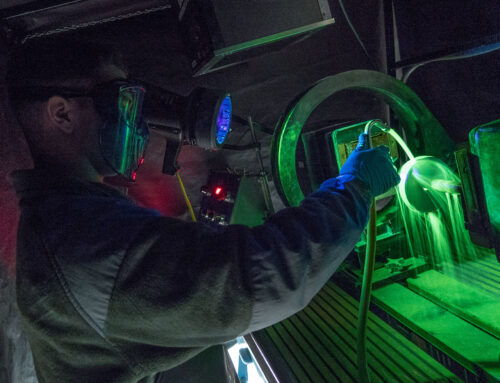Backscatter X-ray is an advanced X-ray imaging technology. Traditional X-ray machines detect hard and soft materials by the variation in x-ray intensity transmitted through the target. In contrast, backscatter X-ray detects the radiation that reflects from the target. It has potential applications where less-destructive examination is required and can operate even if only one side of the target is available for examination.
Backscatter X-rays are much weaker than the traditional hospital X-Rays. These rays don’t go through your flesh and bones. Instead, they penetrate your clothing and about an inch into your body, where your tissues scatter and ricochet the rays back toward the sensor.
A more technical way to think about backscatter is as the X-rays collides with atoms in your body, the photons in the X-ray beam scatter. During this process, those photons also push electrons out of some of the atoms, resulting in ions, and sometimes slower moving photons, too – this effect is why X-rays fall into the category of ionizing radiation.
The scanner uses the energy signatures of those ions and sluggish photons to produce images that identify organic material, like your arms and legs, or nonorganic objects, such as weapons or that belt buckle you forgot to remove before screening. The differences are often easy to see, even to the untrained eye.
One caveat is that since these X-rays are not used for medical purposes, this equipment is not regulated by the FDA. There are other studies which indicate the rays are not harmful to humans, however.






Leave A Comment